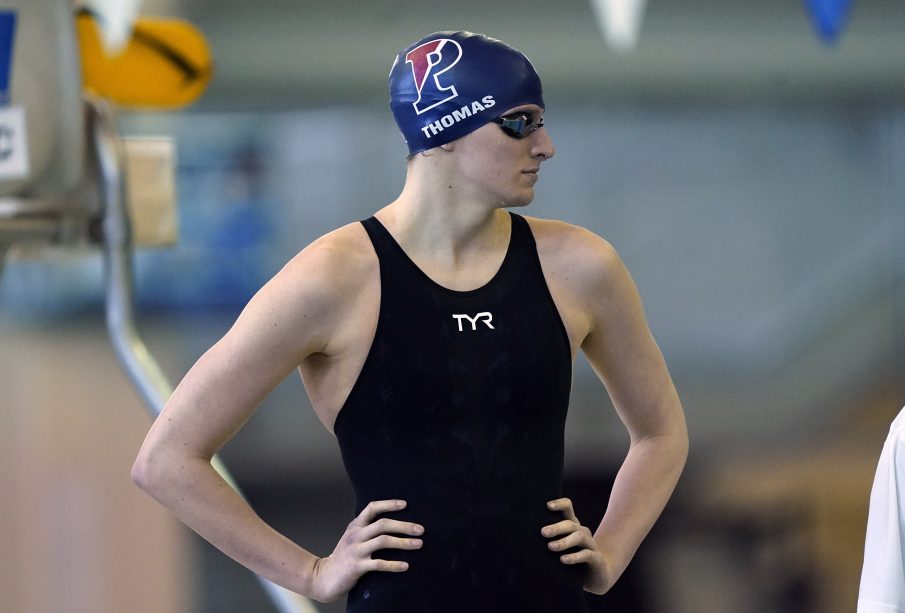The Impact of Lia Thomas on Sports and Inclusion

Introduction
Lia Thomas has become a focal point in discussions surrounding transgender athletes in competitive sports.
The significant importance of her journey highlights ongoing debates about inclusion, fairness, and the rules governing eligibility for transgender competitors. As sports organisations strive for equity, Thomas’s story serves as a case study for the changing landscape of athletics.
Lia Thomas’s Journey
In March 2022, Lia Thomas made headlines as the first transgender woman to win an NCAA Division I national championship in any sport, clinching the title in the 500-yard freestyle event. After transitioning, Thomas competed with the University of Pennsylvania’s women’s swimming team, and her achievements ignited both support and controversy from various sectors, including athletes, governing bodies, and the public.
Advocates argue that Thomas’s success is celebrated for pushing boundaries in sports and fostering inclusion, while critics question the fairness of her participation against cisgender athletes. The NCAA, which oversees college athletics in the United States, has established policies allowing transgender women to compete after completing a year of testosterone suppression, a guideline that remains contentious.
Reactions and Discussions
Thomas has received support from various quarters, including LGBTQ+ advocates and allies, who view her success as a monumental step for visibility and inclusion within athletics. However, notable athletes like swimming champions have raised concerns regarding competitive integrity, stating that those who transitioned may have physical advantages due to male puberty.
The debates extend into academics and policy-making; universities and sports organisations are re-evaluating their policies concerning transgender participation. Events surrounding Thomas have prompted discussions about the balance between inclusion and competitive fairness, with many calling for further research into the physiological impacts of transitioning on athletic performance.
Conclusion
The conversation surrounding Lia Thomas encapsulates a significant cultural moment in sports. As the sporting world navigates the complexities of gender identity and athletic competition, the implications of Thomas’s presence will likely resonate well beyond swimming. As regulations evolve, the future may see a broader redefinition of what it means to be inclusive while maintaining fair competition standards.
Readers will want to closely follow how these issues develop, as the outcomes may set precedents for future sports policies and the inclusion of transgender athletes in competitive environments.









